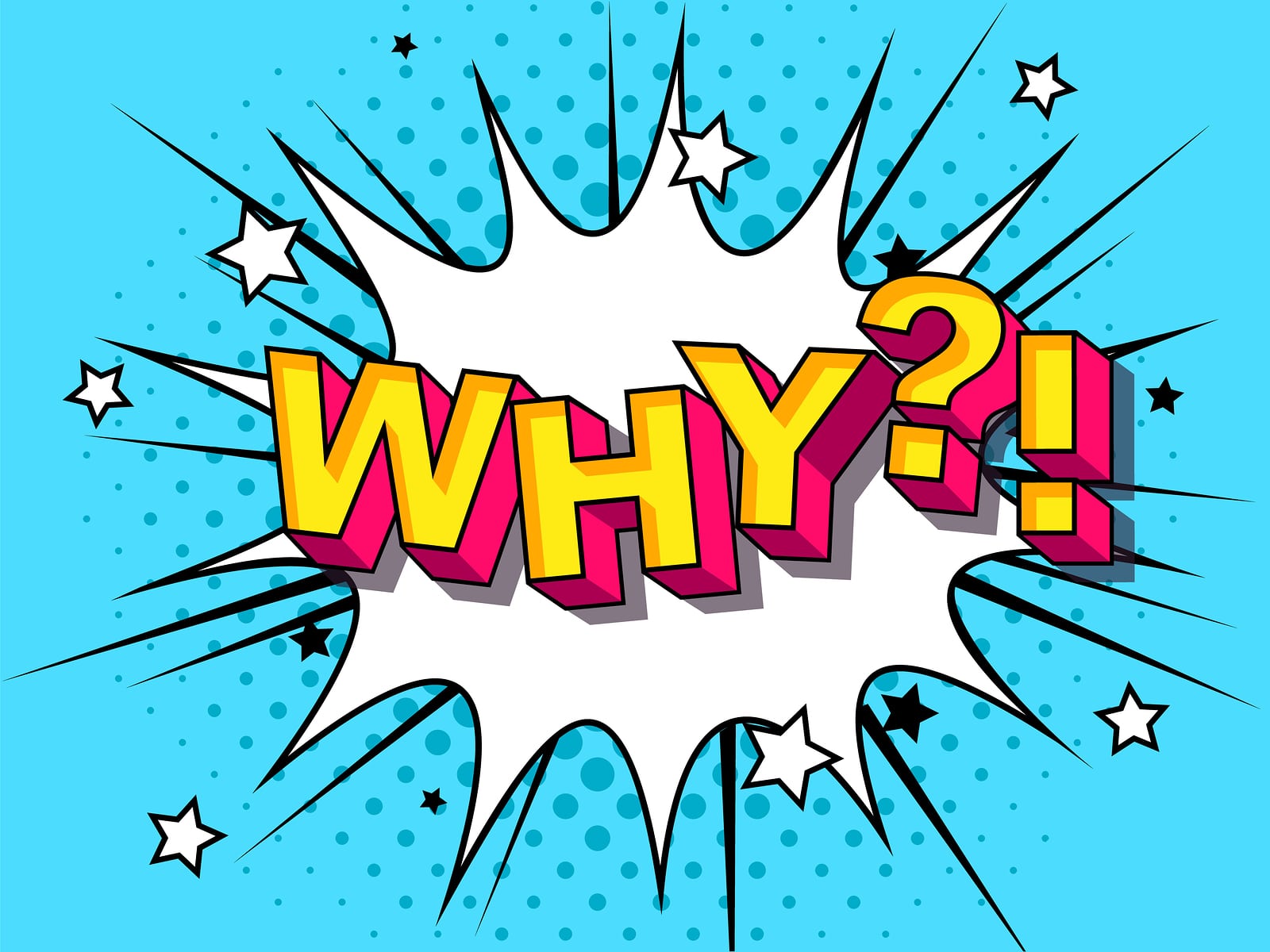Do you ever feel overwhelmed by a never-ending to-do list? It's a common struggle, but what if I told you there's a way to not justmanageyour tasks better, but to actuallyshortenthat list and make itmoreeffective? This isn't about doing less, it's about doingbetter. Let's dive into how I streamlined my productivity, achieving a shorter, more focused, and ultimately more satisfying to-do list.
All About Getting To-Do Lists Shorter and More Effective
The concept is simple: a shorter, more effective to-do list isn't about cramming more tasks into less time. Instead, it's about focusing onhigh-impact activities, ruthlessly eliminating the unnecessary, and applying strategies that enhance productivity and prioritization. This goes beyond basic task management; it is about a fundamental shift in how tasks are approached, ensuring that the energy dedicated produces maximum results. It's a method of ensuringfocused effortleads totangible outcomes.
Historically, to-do lists were merely written reminders. However, the modern understanding of productivity integratestime management techniquesand psychological principles to optimize workflow. Initially, these lists were simply means to log tasks. Now, effective to-do lists include prioritizing tasks, timeboxing activities, delegating responsibility, and eliminating non-essential activities.
The unique features separating this modern method from traditional models include the integration oftask prioritization matrices, application of the Pareto Principle(the 80/20 rule), and the use of technology such as productivity apps that integrate prioritization frameworks. Expert opinions suggest benefits stem from enhanced focus, reduced stress, and greater control of time. For example, many time management coaches emphasize that focusing on a fewcrucial tasksprovides momentum and avoids the decision paralysis that often accompanies a long, daunting list.
Benefits of Getting To-Do Lists Shorter and More Effective for Users
Reducing a task list to its most impactful elements significantly enhances the user experience by reducingcognitive loadand increasingfeelings of accomplishment. A manageable list is less intimidating, promotes focus, and encourages action, leading to a higher rate of task completion.
For instance, imagine an entrepreneur with a list of twenty tasks. Instead of working on each one somewhat, consider filtering their list to 3-4 most important things, which will likely significantly increase revenue. This focus often yields better results than splitting attention across many less impactful tasks. When comparing this strategy with merely listing all tasks without prioritizing, thedifference in productivitybecomes quite apparent. Research shows that focusing on fewer, high-value tasks reduces stress and boosts productivity. When you caneffectively prioritize, you canget more done.
How to Use Getting To-Do Lists Shorter and More Effective
1. Brain Dump and Categorize
The first step is to thoroughlybrain dumpall tasks, ideas, and responsibilities from mind to paper (or digital medium). Do not edit or filter at this stage. List everything, no matter how small or insignificant it may seem.
Once everything is written down, group similar tasks into categories. For example, work tasks, personal tasks, errands, etc. This helps to identify overarching themes and allows for easier prioritization. The best practice is to use a physical or digital tool that is accessible and comfortable.
2. Prioritize Using the Eisenhower Matrix
Implement the Eisenhower Matrix(also known as the Urgent-Important Matrix) to categorize tasks based on urgency and importance. Divide tasks into four quadrants: Urgent and Important: These tasks require immediate attention and should be done now. Important but Not Urgent: Schedule these tasks for later. These are essential for long-term goals. Urgent but Not Important: Delegate these tasks if possible. These often interrupt focused work. Neither Urgent nor Important: Eliminate these tasks altogether. They are time wasters.
A common mistake is confusing urgent tasks with important ones.Focus on the importantfor sustained success.
3. Ruthlessly Eliminate and Delegate
Review the Eisenhower Matrix and critically assess each task.Eliminate tasks that fall into the "Neither Urgent nor Important" quadrant. This is the most important step toward creating a shorter list.
Delegate tasks in the "Urgent but Not Important" quadrant to others if possible. Delegation is not only helpful for lightening the load, but also for empowering others. This step alone can drastically reduce the workload. Make sure to clarify expectations and provide the necessary resources.
Tips Before Using Getting To-Do Lists Shorter and More Effective
Before jumping into implementing these steps, a few preparatory measures will further optimize the process. Take time to understandpersonal energy levelsand schedule the most demanding tasks for periods of peak performance.
Do not underestimate the power of preparation. Avoiding this crucial part can cause one to feel overwhelmed and revert to old, inefficient habits. Also, remember thatperfection is the enemy of progress. Start with a manageable number of high-priority tasks and build from there.
Ignoring these tips can lead to increased stress, decreased productivity, and a feeling of being overwhelmed. Take the time to set clear goals, and regularly review and adjust the to-do list based on progress and changing priorities.
Common Issues and Solutions Related to Getting To-Do Lists Shorter and More Effective
One common issue isperfectionism, which can lead to overthinking and procrastination. The solution is to embrace imperfection and focus on simply getting started.
Another issue islack of clarity. If the task is vague, it will be difficult to complete. Break down large tasks into smaller, more manageable steps.
Difficulty in prioritizingcan also be an issue. The solution is to use a prioritization framework, such as the Eisenhower Matrix or the Pareto Principle. If procrastination is a problem, try breaking down tasks into smaller, more manageable steps and setting realistic deadlines. Another common problem is the unexpected new item, so you must always schedule a buffer!
Conclusion
In summary, creating a shorter, more effective to-do list is about focusing on what truly matters, eliminating distractions, and implementing effective prioritization techniques. The benefits areincreased productivity, reduced stress, and greater control of your time.
To achieve optimal results, adopt the Eisenhower Matrix, learn to delegate and cut the fat. By taking these steps, individuals can experience the transformation of a manageable to-do list that drives forward meaningful progress. These changes are not just improvements to productivity, but tools for improving the quality of time.
